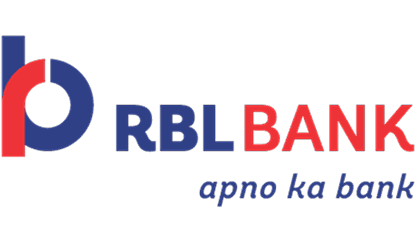Crash barriers, though often overlooked, are critical in saving lives by reducing the severity of road accidents. Their quality, strength, and reliability must be uncompromised. For Indian MSMEs engaged in their production, understanding and meeting the standards set by bodies such as the Indian Roads Congress (IRC), the Ministry of Road Transport and Highways (MoRTH), and international certifying agencies is vital for market access and credibility.
This guide is tailored to MSMEs seeking to align with quality benchmarks and unlock growth opportunities through compliance.
Why crash barrier quality matters
Crash barriers are not passive infrastructure. They are engineered safety devices, expected to absorb and redirect impact energy during collisions. Substandard barriers not only fail in this task but can worsen accident outcomes.
Globally, the World Health Organisation reports that 1.3 million people die each year in road traffic crashes. In India alone, nearly 1.68 lakh lives were lost in road accidents in 2022. Enhanced safety infrastructure, including high-quality crash barriers, can drastically reduce fatalities.
For MSMEs, adherence to quality norms is both a moral and economic imperative. Non-compliance risks product rejection, delayed payments, legal action, and, most damagingly, reputation loss.
Understanding Indian standards for crash barriers
Crash barriers in India must meet specifications laid out in several authoritative documents:
IRC:5 and IRC:6 – covering design and loading criteria
MoRTH Section 804 – detailing specifications for W-Beam and Thrie-Beam barriers
IS 5986 and IS 2062 – standards for hot-rolled steel used in fabrication
The specifications cover everything from barrier geometry to tensile strength, galvanisation thickness, and impact absorption performance. MSMEs must become fluent in these documents and incorporate their requirements into daily operations.
Key components of crash barrier compliance
Material selection
High-tensile steel is commonly used, with E250 or E350 grade per IS 2062 or IS 5986. The steel should be killed or semi-killed with well-documented mechanical properties. Traceability to heat number and batch is essential.
Coating and galvanisation
MoRTH standards require galvanisation of 550 gm/m² minimum (zinc coating) to ensure corrosion resistance. This is validated via weight loss or coating thickness tests.
Crash testing
A core requirement under MoRTH is successful full-scale crash testing as per EN 1317 or NCHRP 350 norms. These tests simulate real-world impacts to confirm the barrier's deformation behaviour and containment level.
Traceability and embossing
Each component must be traceable to its production batch, with visible embossing showing the manufacturer's mark and batch number. This ensures accountability and quality traceability.
Installation quality
Even the best barrier fails if improperly installed. IRC and MoRTH provide guidance on post spacing, soil compaction, torque application on bolts, and end anchorage design.
Challenges MSMEs face in compliance
Lack of awareness - Many MSMEs are unfamiliar with updated norms or their practical implications.
Testing cost - Crash testing can cost ₹30–50 lakh per test, often unaffordable for smaller units.
Documentation burden - Maintaining traceability, embossing records, and heat certificates can be resource intensive.
Unstandardised installation - MSMEs often rely on third-party contractors who may not follow standard installation practices, putting compliant products at risk.
Implementation roadmap for MSMEs
Baseline audit - Assess current processes, materials and traceability practices.
Documentation setup - Develop standard operating procedures (SOPs), material trace logs and inspection templates.
Accredited testing - Partner with approved labs for crash tests and material certification.
Embossing and QR traceability - Introduce batch codes and embossing tools, and link to digital documentation.
Installation training - Train installation teams on torque application, anchoring and spacing compliance.
Tools to simplify compliance
Digital tools can support quality adherence:
Digital vaults - Cloud platforms to store and retrieve certifications and SOPs.
QR traceability systems - Each barrier can carry a QR tag linking to test reports and material origin.
Checklist generators - For pre-dispatch and post-installation inspection.
Automated alerts - Systems to flag nearing expiry of test reports or galvanisation certificates.
Government and industry support
ZED Certification (Zero Defect, Zero Effect) - Offers MSMEs mentorship and financial assistance to meet quality benchmarks.
MSME CDP Scheme - Cluster-based support for shared testing facilities.
MoMSME Technology Centres - Offer crash simulation, metallurgical analysis and training.
Conclusion
Quality standards are not barriers—they are enablers of trust, safety, and growth. For MSMEs in crash barrier production, mastering compliance can mean the difference between stagnation and scale.
With the right knowledge, partners and digital tools, Indian MSMEs can meet the highest safety benchmarks, become preferred suppliers, and contribute meaningfully to the nation's transport safety goals.




 +91 7208055523
+91 7208055523
 Help & support
Help & support
